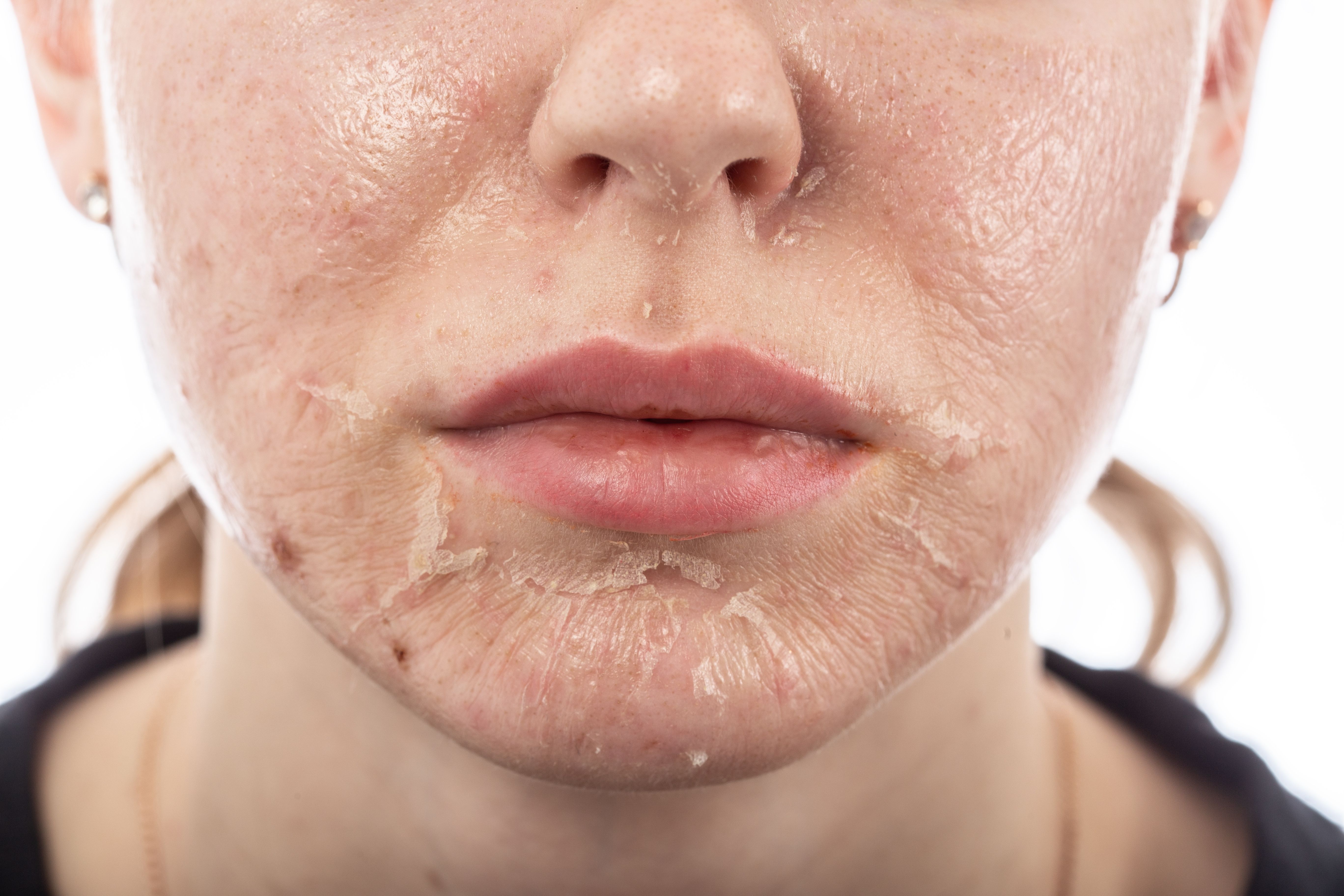- Acne
- Actinic Keratosis
- Aesthetics
- Alopecia
- Atopic Dermatitis
- Buy-and-Bill
- COVID-19
- Case-Based Roundtable
- Chronic Hand Eczema
- Chronic Spontaneous Urticaria
- Drug Watch
- Eczema
- General Dermatology
- Hidradenitis Suppurativa
- Melasma
- NP and PA
- Pediatric Dermatology
- Pigmentary Disorders
- Practice Management
- Precision Medicine and Biologics
- Prurigo Nodularis
- Psoriasis
- Psoriatic Arthritis
- Rare Disease
- Rosacea
- Skin Cancer
- Vitiligo
- Wound Care
News
Article
Evaluating the Efficacy and Safety of Organic Acids in Chemical Peels for Acne
Author(s):
Despite how widely used these acids often are, there is still a lack of general consensus for which are the most effective in patients with acne-prone skin.
tugolukof/Adobe Stock

Some organic acids used in chemical peels demonstrate positive results in the treatment of acne vulgaris, including reductions in overall lesion count, comedones, and post-acne hyperpigmentation.
A recent review published in Molecules sought to explore the safety and efficacy of numerous organic acids commonly used in chemical peels. Study authors Măgerușan noted that despite the widespread use of organic acids in chemical peels, there is a lack of overall consensus regarding the most efficacious option. There is, however, a growing body of literature demonstrating their use in acne-prone skin and in patients with acne vulgaris.
Using databases Google Scholar, Science Direct, Scopus, and Wiley, investigators searched for relevant literature published on the platforms between 2010 and 2022. All studies were categorized as either randomized controlled trials, prospective cohort studies, or retrospective studies evaluating organic acid-based chemical peels among patients with acne.
Studies and papers were further stratified by type of chemical peel, particularly related to depth of penetration. These depths can include superficial peels, medium-depth peels, deep peels, and other peeling agents.
Chemical peel agents can also be stratified by chemical structure, study authors noted. Aliphatic carboxylic acids can include azelaic and thricloracetic acids. Aliphatic hydroxycarboxylic acids include glycolic, lactic, pyruvic, absorbic, citric, malic, and tartaric acids. Aromatic hydroxycarboxylic acids include mandelic, salicylic, and kojic acids. Polyhydroxy acids, or PHAs, include galactose, gluconolactone, and lactobionic acid.
Combined peeling formulas may serve several purposes in the treatment of management of acne and effects of acne, review authors noted.
For example, study authors note that their review demonstrated the efficacy of a combined salicylic and glycolic acid peel in treating acne while exfoliating the skin. Additionally, salicylic acid combined with trichloroacetic as a peeling agent can lead to improvements in severe acne and acne-related scarring.
Furthermore, when combining glycolic acid, lactic acid, and azelaic acid, studies have shown reductions in acne scars and hyperpigmentation, the promotion of cell turnover, and an ability to successfully exfoliate the skin. When combining mandelic acid and azelaic acid, chemical peels containing these organic acids can address pigment concerns, improve the skin's overall texture, and reduce breakouts.
Some organic acids, study authors found, reduced acne lesions, comedones, and post-acne hyperpigmentation with significant success. These acids include glycolic acid, salicylic acid, mandelic acid, and pyruvic acid.
In some cases, they note, organic acids may perform better than others in treating certain types of acne lesions. Salicylic acid has demonstrated efficacy in the treatment of noninflammatory lesions/comedones, and mandelic acid has proven efficacious in treating inflammatory lesions.
"Acid chemical peels can be helpful in acne treatment, but further research is needed to directly compare the effectiveness of different acids for this specific purpose. There is a need for rigorously conducted and meticulously documented randomized controlled trials to generate robust evidence that can effectively guide clinical practice," wrote study authors. "New research and innovation in chemical peels are necessary to improve their efficacy, safety, and customization options. Continued investment in high-quality randomized controlled trials is essential in acne treatment and beyond. These trials are pivotal in advancing medical knowledge, enhancing patient care, and ensuring healthcare practices are rooted in the best available evidence."
Reference
Măgerușan ȘE, Hancu G, Rusu A. A comprehensive bibliographic review concerning the efficacy of organic acids for chemical peels treating acne vulgaris. Molecules. 2023;28(20):7219. Published 2023 Oct 22. doi:10.3390/molecules28207219
Newsletter
Like what you’re reading? Subscribe to Dermatology Times for weekly updates on therapies, innovations, and real-world practice tips.











